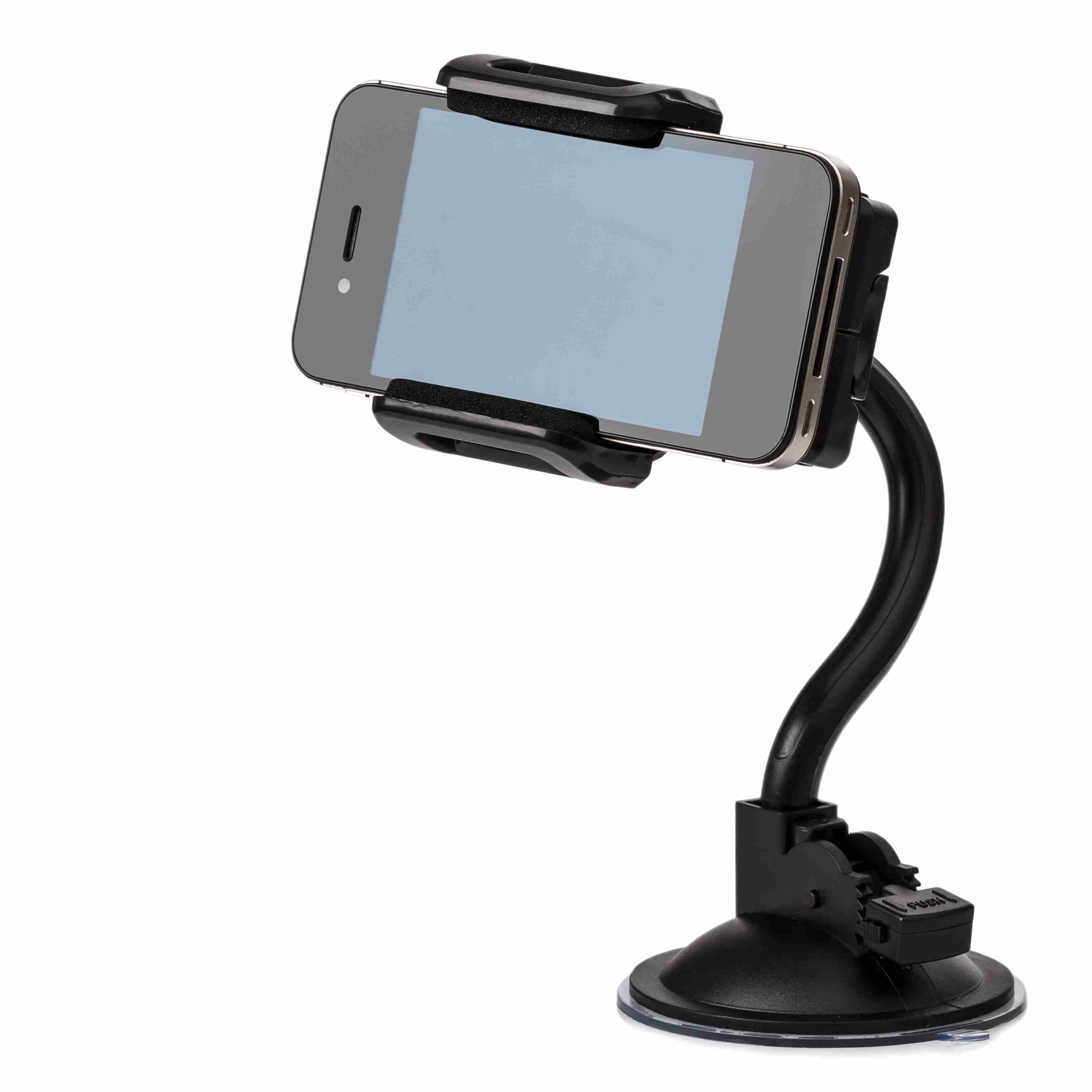In the fast-evolving world of smart devices, two technologies are working together to make the world more advanced. Such devices stand out for their ability to transform how machines think and how users interact visually. Without creating any curiosity, let’s introduce the Jetson AGX Xavier and the OLED display module.
In this article, we will discuss the Jetson AGX Xavier and how OLED display modules revolutionize embedded visual interfaces, and why their combination is a game-changer for modern technology.
What Is Jetson AGX Xavier? The AI Powerhouse for Edge Devices
The Jetson AGX Xavier is a compact but powerful AI computer developed by NVIDIA, designed specifically to bring artificial intelligence processing right to the edge of networks. Unlike traditional AI systems that rely on cloud computing, edge AI platforms like the Jetson AGX Xavier process data locally—right on the device. That is why smart devices have high security, operate all the time, and their setup only requires one link to the internet.
Jetson AGX Xavier boasts impressive specs: it packs a 512-core Volta GPU with Tensor Cores, an 8-core ARM CPU, and deep learning accelerators. Thus, AI is able to understand images, operate vehicles without a human in the driver’s seat, and talk with humans in the same way people speak.
Therefore, developers are able to make sophisticated robotics, drone, smart camera, and IoT device software using AI tools for use in industries. In essence, the Jetson AGX Xavier acts as the brain of modern smart devices, delivering the computational strength needed for complex AI workloads while fitting into compact, energy-efficient hardware.

The Hardware Science Behind Jetson AGX Xavier’s Performance:
The Jetson AGX Xavier’s remarkable performance results from advanced hardware engineering. Volta architecture comes with Tensor Cores built in its GPU to help with deep learning tasks. Because of these cores, processing AI tasks on the phone happens much faster than before.
Everyday functions and important tasks in the computer are taken care of by the ARM CPUs 8-core chip. Because of computer vision and video tools available on the platform, it is easy for the platform to handle multiple data streams.
Memory architecture plays a critical role: Jetson AGX Xavier features high-bandwidth LPDDR4x RAM and fast NVMe storage interfaces, minimizing bottlenecks in data transfer. On this point, the device is able to handle and access the data received from cameras, LIDARs, and many other sensors.
They are also wonderful because they help you save energy. The platform handles a lot of calculations, but it is made to require less energy, so it is suitable for devices installed in low-energy zones.
Together, these hardware components enable the Jetson AGX Xavier to deliver AI performance once reserved for large data centers—right at the edge where smart devices live and work.
OLED Display Module: A Visual Leap in Embedded Interfaces
While the Jetson AGX Xavier handles the brains of AI computation, the OLED display module represents a leap forward in how devices communicate visually with users. OLED displays have key benefits compared to LCD, so companies prefer them for their embedded systems.
OLED screens make their own light with the help of special organic compounds, unlike LCDs, which use backlighting. So every pixel can be independently controlled to form true blacks and greater contrast between light and dark images. As a consequence, the images appear lively and crystal clear, with deeper colors and a good viewing experience from different sides.
OLED display modules are also thinner and more flexible than LCDs, enabling more innovative product designs. They use less electricity since they do not have a backlight, so this is very helpful for edge devices that use batteries.
Whether it is a small sign or a full-featured display, OLED modules make smart devices look clear and refined. By making information clear on the monitor, they strengthen the experience users have with tablets and smartphones. OLED is found in places where visual feedback and touch inputs are required.
OLED Technology in Action: From Visual Feedback to Touch Interfaces
OLED display modules are more than just pretty screens. Because they are so fast and responsive, they are used for touch interfaces in smart phones and other devices. You can control the device intuitively by swiping, tapping, or using several fingers with capacitive touch sensors that have been installed on the OLED display.
In robotics or industrial equipment powered by the Jetson AGX Xavier, OLED modules can provide real-time visual feedback—displaying sensor data, system statuses, or error messages in vivid detail. With this feature, users can make quick decisions that are safer and help to run operations more efficiently.
OLED technology is also useful in wearable gadgets, medical tools, and managing smart homes for its strong displays and good touch sensitivity. It makes it easier for users to operate the device, even if the place is dimly lit or the form is quite small.

When Jetson AGX Xavier and OLED Displays Work Together?
The true power emerges when the Jetson AGX Xavier and OLED display modules combine in a single smart device. Xaviers’ AI does the calculations needed for smart choices and data analysis, and the display shows the answers instantly and clearly to the user.
Consider autonomous robots navigating complex environments: the Jetson AGX Xavier processes camera feeds and sensor data to understand the surroundings, plan routes, and avoid obstacles. At the same time, a monitor with an OLED display shows live maps, alerts, or camera views to the operators, so they can better watch and control the area.
In smart medical devices, AI-driven diagnostics run on Jetson AGX Xavier hardware can be paired with OLED screens that deliver critical health information to patients or clinicians with vivid clarity.
Because of this integration, edge computing systems can integrate intelligence as well as friendly user features. It enables designers to develop small devices that give high-quality AI along with visual and interactive excellence.
Conclusion
Series of developments in artificial intelligence and display technology are influencing the future design of intelligent devices. The Jetson AGX Xavier stands as a robust AI engine for edge computing, delivering extraordinary processing power in a compact form. Meanwhile, OLED display modules provide crystal-clear, energy-efficient visual interfaces that enhance user interaction.
All this makes it possible to create fresh types of intelligent, sensitive, and visually attractive devices, used in robotics, healthcare, homes, or industry. As technology connects and takes steps forward, chances to have even smarter, clearer, and more efficient devices will only increase.
Understanding the synergy between Jetson AGX Xavier and OLED display modules offers valuable insight into how modern smart devices achieve the perfect balance of brains and clarity. The balanced support is crucial to drive the upcoming progress in embedded AI and technology designed for interactions.




